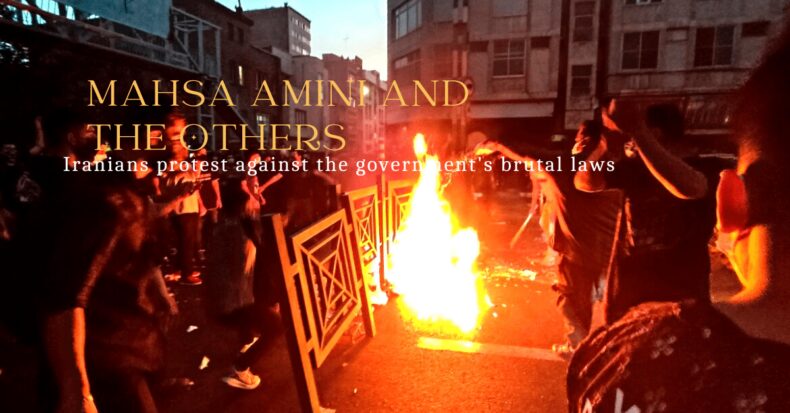The Government suspends internet services as the anti-Hijab protest following Mahsa Amini’s custodial death persists throughout Iran, and the death toll reaches 8.
Rising death tolls were declared by Iranian authorities and a Kurdish rights organisation on Wednesday as protests persist for the fifth day and new social media restrictions are being enforced at the internet is being suspended as a response to the death of a woman who was held by the morality police.
The death toll has risen to eight according to official sources, including a police officer and a member of a pro-government militia, according to Iranian media and a regional prosecutor.
Why are people protesting in Iran: Tracing the catalyst and death of Mahsa Amini?
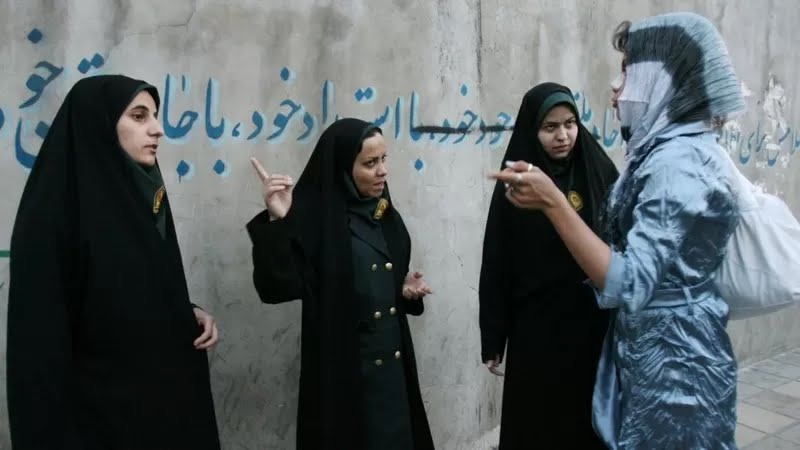
Morality police patrolling to ensure that the “proper hijab” is being followed.
Widespread demonstrations have flared across Iran over the custodial death of 22-year-old Mahsa Amini, a Kurdish woman who was detained in Tehran for not wearing a “suitable Hijab”. The demonstrations appear to be among the massive defiance actions against the Islamic Republic’s harsh regulations that curtail personal liberties and human rights.
On Tuesday, September 20, at least 14 cities, including, Bazergan, Kermanshah, Sanandaj, Marivan, Urmia, Rabat, Baneh, Qoveh, Sardasht, Piranha, Abdanan, Ilam, Mako and took to the streets, according to statistics from the Hengaw Human Rights Organization.
The protests that emerged in Iran’s Kurdish-populated northern province have now gathered national momentum and dispersed to at least 50 towns and cities in Iran. These protests are the largest since a surge of demonstrations over fuel prices that broke out in 2019.
There is speculation of the death toll surpassing the reported numbers, with Hengaw, a Kurdish rights group estimating that over 450 people have been injured. With more than 500 people being arrested in the last four days, with the reported death toll has surpassed 8 fatalities. The government intervention provoked the protests to become violent and clashes with forces, resulting in three deaths from direct fire opened by Iranian security forces.
Hijab and the narrative of control: Iranian women’s long fight against the law and moral policing
The morality police of Iran, also known by the names Gasht-e Ershad (Guidance Patrol), Fashion Patrol, etc., was founded in 2005 to ensure adherence to the clothing code. To hold women who don’t adhere to the clothing code, they have vans including both males as well as female officers stationed in public places like shopping malls, subways, busy city squares, etc.
According to the UN human rights office, morality police operations have increased recently and they have turned to more brutal tactics, such as slapping women, hitting them with batons, and pushing them into police cars.
Following the 1979 revolution, Iran’s sharia law was implemented, making it indispensable for women to conceal their tresses and wear long, lax clothing to hide their figures. Anyone who violated these rules would be subject to public condemnation, penalties, and possibly an arrest.
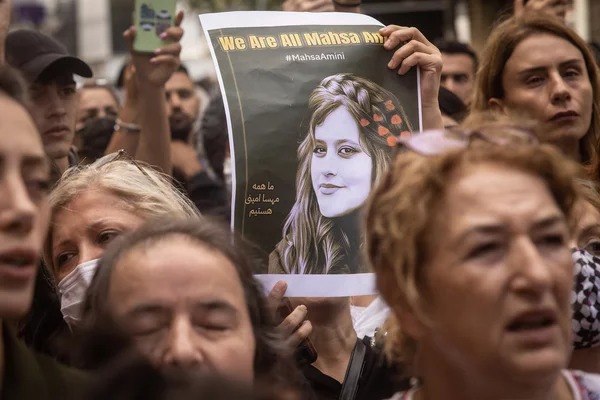
People stand in solidarity as nationwide protests erupt against the custodial death of Mahsa Amini
In 2014, Iranian women started posting pictures and videos online showing themselves publicly defying the hijab restrictions as part of a “My Stealthy Freedom” online protest campaign. Other movements, such as “White Wednesdays” as well as “Girls of Revolution Street,” have since been prompted by it.
Millions of Iranian women have taken to the streets in protest of the regressive Hijab laws after the death. On social media, there is footage of Iranian women chopping up their hair and setting their hijabs on fire. At a demonstration in Tehran, demonstrators could be heard yelling–”death to the dictator”, No to the headscarf, no to the turban, yes to freedom and equality!”
In 2014, Iranian women started posting pictures and videos online showing themselves publicly defying the hijab restrictions as part of a “My Stealthy Freedom” online protest campaign. Other movements, such as “White Wednesdays” as well as “Girls of Revolution Street,” have since been prompted by it. “
Iranian women have been protesting against the Hijab mandate for a long time. The coercion and aggressive regulation and use of the Hijab as a tool of control to curb women’s autonomy is an issue that has endangered the human rights of thousands of women pressed under the strict law.
The death of Amini has amassed international attention, making her a symbol of Iran’s repressive and violent treatment of women and highlighting the moral policing prevalent in the country. It is a fearless exhibition of resistance against the government’s imposition of social and religious restrictions that have infringed on individual liberties.
Suspension of the Internet and curtailing freedom: How is the Iranian government dealing with the mass outrage over mandatory hijab?

According to a UN Human Rights Office assessment, government-ordered internet shutdowns seriously impair the ordinary lives of millions of individuals and violate several human rights, most notably the right to free speech.
According to Taye, an independent researcher, “Restricting access to digital tools that are used to record and report violations can contribute to more violence in conflict-affected areas. In crisis zones, disruptions have often been utilised to conceal atrocities.” “Internet shutdowns do not happen on a normal day,…they normally happen to hide egregious human rights violations.”
This is exactly what is happening in Iran, the concealing of police brutality and heavy-handedness, violence and the violation of human rights is all invisiblized by the government’s current imposition of internet suspension. The most stringent internet restrictions have been placed on Iran since the atrocities experienced in November 2019, according to NetBlocks.
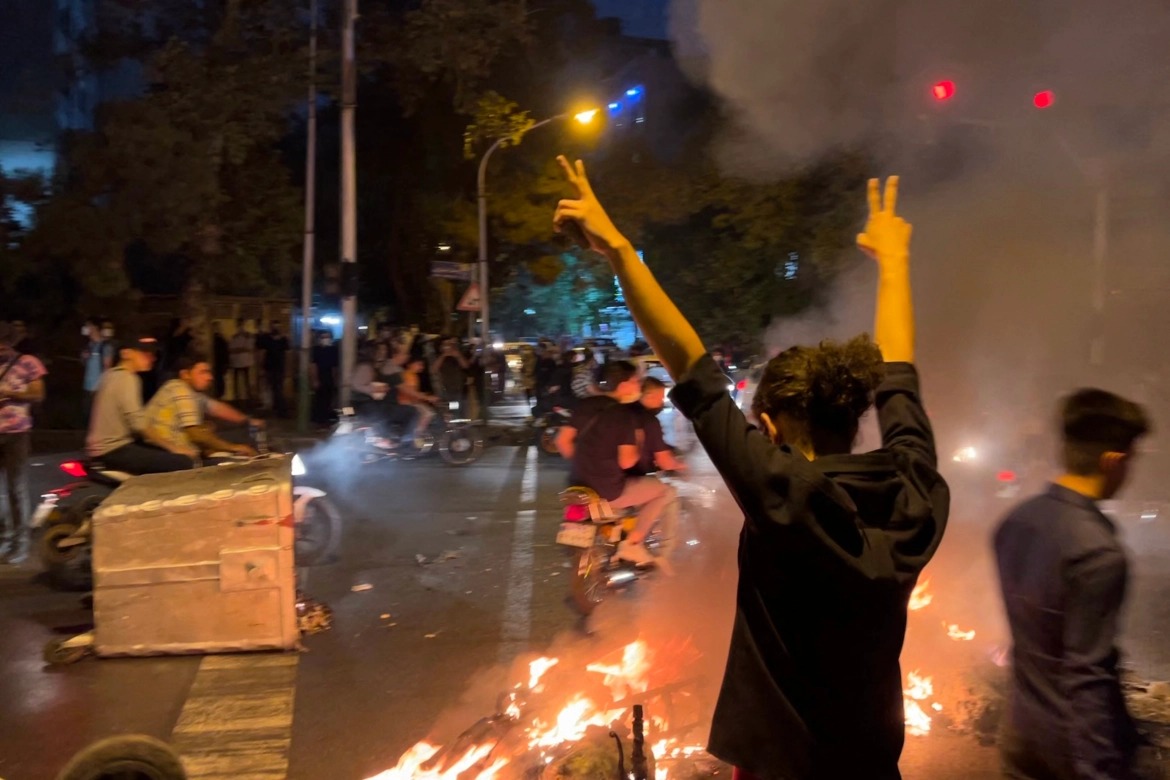
The resentment and defiance against the government have been swelling as protests continue
To repress the protestors, Mr Raisi’s administration has unleashed a sizable deployment of security personnel, including riot police and the Basij militia that is suppressing the protesters. Widespread internet suspension, along with discontinued access to Instagram, were experienced by Iranians amidst surging anti-government protests incited by the custodial death of Mahsa Amini.
Numerous significant internet disruptions were also reported around the nation, and one of the largest mobile phone carriers was interrupted, leaving millions of Iranians disconnected.
The death of Amini has fueled increased outrage throughout the Islamic Republic about concerns such as constraints on individual liberty, particularly severe dress codes for women, and a deteriorating economy as a consequence of international sanctions.
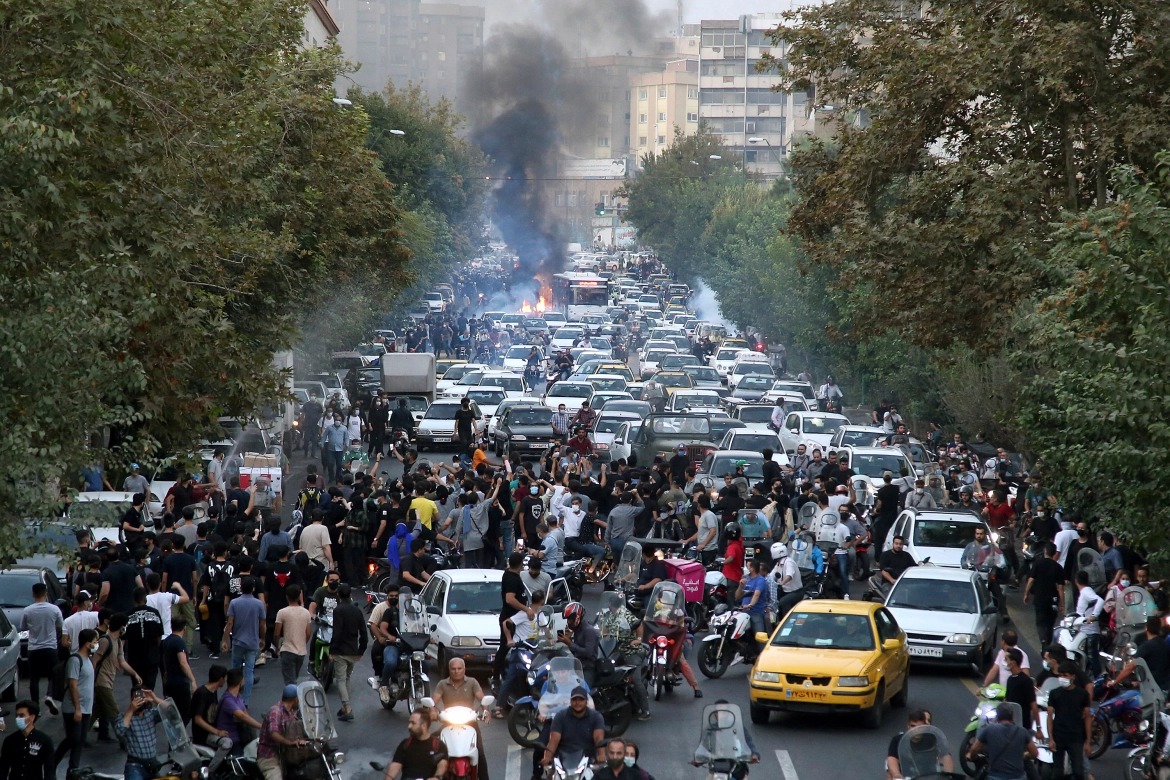
Despite the internet suspension, protesters continue to gather national momentum
The lack of connectivity will render it more challenging for citizens to organise rallies, upload videos to social media to garner assistance for their movement or find trustworthy news sources and exchange information about the government’s ongoing crackdown on dissent, as suggested earlier by an Iranian official.
The human rights organisation Article 19 expressed its “grave concern” about reports of the use of live fire by Iranian security forces and police in their unlawful use of force.
As the protests surge and the death toll rise, the question of how many more lives will be lost in the quest to obtain personal liberties and how willing is the government to alter its regressive policies is a question we need to ask.
Read More: Anti-hijab protests taking place across Iran: what triggered it?







